Function Becomes Art

Courtesy of whenobjectswork / Kate Hume
Courtesy of Ivan Erofeev
Courtesy of Stéphane ABOUDARAM - WE ARE CONTENT(S)
Courtesy of Sacha Moreau / Global Gift Gala Monaco
Courtesy of Fadi Al Shami
Courtesy of Sofia Hartmann
Courtesy of Historyhd
Courtesy of Mick De Paola
Courtesy of the artist (c) VG Bild-Kunst, Bonn 2025. Photography by Jens Ziehe.
Courtesy of Yasamine June
Courtesy of Rawisara Prachaksubhanit
Courtesy of Mariia Dred for Berlin Fashion Week
Courtesy of Michael Fousert
Courtesy of Raden Prasetya
Courtesy of Antonia Tewes
Courtesy of Antonia Tewes
Courtesy of Carlo Bazzo
Courtesy of Artem Zakharov
Courtesy of James Cochrane / Copenhagen Fashion Week SS26
Courtesy of Fashion Week Studio
Courtesy of Burak Goraler / AFW
Courtesy of Antonia Tewes
Courtesy of SF / Luigi Caputo
Courtesy of Bruno Cordioli / CC BY 2.0 via Wikimedia Commons
Courtesy of Dubai Fashion Week / Ruzaini Official
Courtesy of Frieze Seoul 2025 / Wecap Studio
Courtesy of LecartPhotos
Courtesy of Jacopo Salvi / La Biennale di Venezia / ASAC Photo
Courtesy of Campione d’Italia’s Classic Circuit
Courtesy of Maxi Yacht Rolex Cup
Courtesy of Jochem Raat
Courtesy of Corey Watson
Courtesy of Pitti Immagine / Fragranze
Courtesy of Le Sable
Courtesy of Once Milano
Courtesy of Monaco Yacht Show
Photo by Darren Carroll/PGA of America
Courtesy of Guy Bell / British Art Fair
Photo by Sean Zanni / Patrick McMullan via Getty Images
Courtesy of Messe München GmbH / Thomas Plettenberg
Courtesy of ph G Martin-Raget/SNST
Courtesy of David Pupăză
Courtesy of Derek Rose
Courtesy of Jim Winslet
Courtesy of Millie Turner/BFI
Photo by Hugo Glendinning. Courtesy of Frieze
Courtesy of Rolex / Kurt Arrigo
Courtesy of Laura Dupuy
Courtesy of Palm Beach Show Group
Courtesy of Getty Images for Perelman Perfor
Courtesy of BFA 2025
A
T
I
M
I
L
L
L
C
S
S
T
T
A
T
H
F
T
E
F
O
A
T
F
I
T
T
T
T
I
I
T
I
O
P
S
A
S
U
O
A
E
G
B
I
A
I
L
I
T
M
O
G
U
I
L
S
N
I
D
U
T
rue luxury often begins far from the limelight. In the rural heart of West Flanders, Belgium, Béatrice de Lafontaine conceived a design venture that would quietly revolutionize high-end home décor. After years spent crafting bespoke kitchens and contemporary furniture with her husband for renowned architects and private clients, de Lafontaine noticed something missing in those meticulously designed spaces. Where were the objects that could lend soul to a room while serving a purpose? Most available home accessories were either beautifully designed but functionally useless, or utilitarian without charm. Sensing a gap, she envisioned When Objects Work as the answer. A curated collection of domestic objects that are both beautiful and functional, artful yet utterly usable. Founded in 2000 and debuted at the Milan Furniture Fair in 2001, her first collection made an immediate impression on the global stage. Here was a Belgian company offering “decorative art as beautiful domestic equipment,” as de Lafontaine coined it. From the outset, the mission was clear: marry immaculate function with simple, timeless form in every piece, proving that an object we use everyday can also quietly elevate its surroundings.
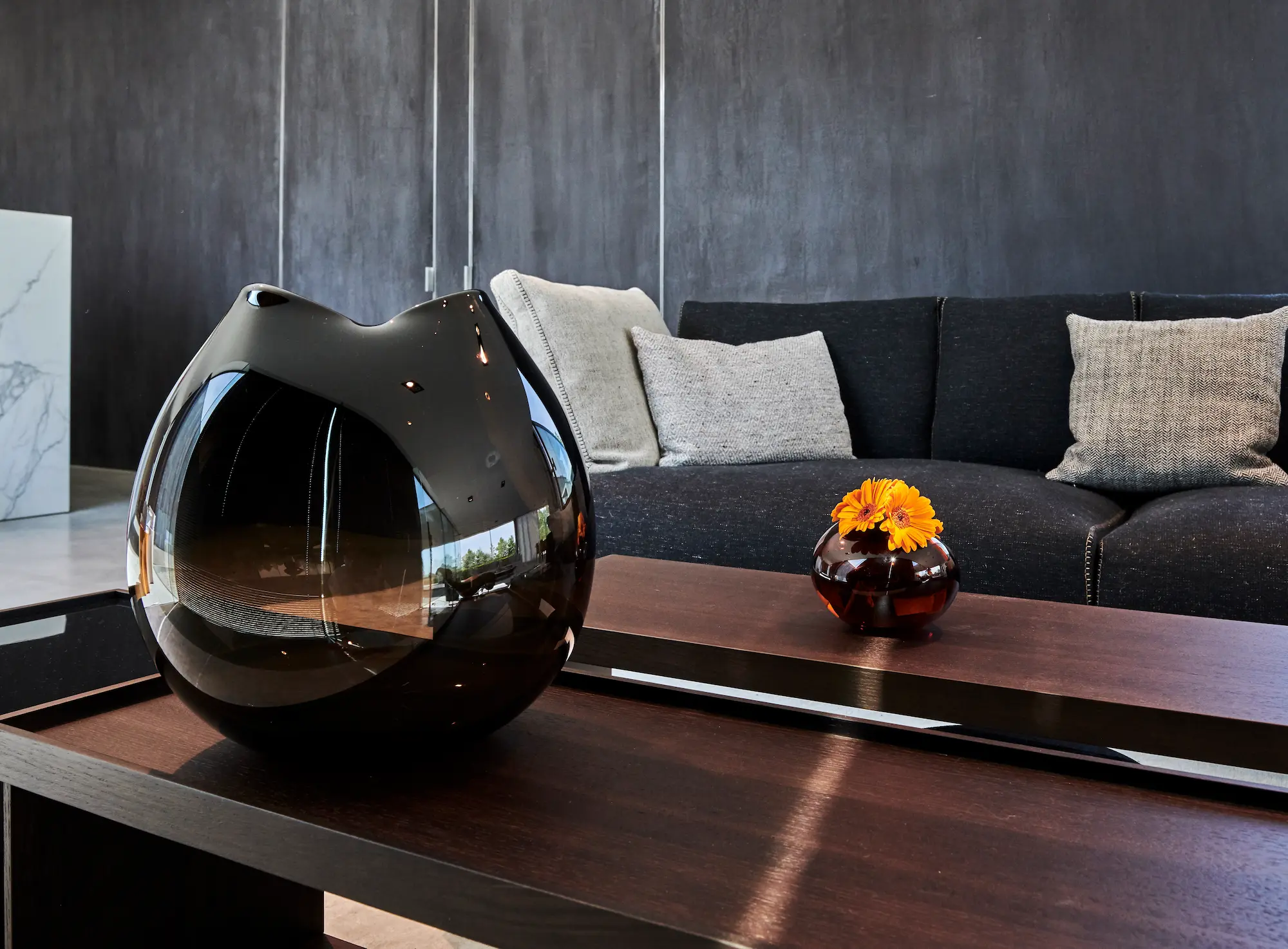
Masters of Minimalism
One of de Lafontaine’s greatest strengths was her curator’s eye. Rather than design everything herself, she collaborated with the world’s leading architects and designers – creatives whose philosophies resonated with her own obsession for purity and purpose. Her very first partnership set the tone: in 1999, acclaimed British minimalist John Pawson created a suite of five objects for the nascent brand – a tray, bowl, vase, picture frame and candleholder – whose austere perfection embodied the company’s ethos. That initial “5 Objects” collection forged a lasting alliance; Pawson would later design monastic yet warm tableware for a Cistercian abbey, produced exclusively by When Objects Work. Soon, other design luminaries followed. Belgian architect Vincent Van Duysen, celebrated for his serene interiors, developed his Primitives pottery collection with the brand – earthy earthenware vessels paired with oak, walnut or stone lids that exude a quiet, memory-laden beauty. Despite diverse authorship, the collection remains tightly edited and cohesive, a testament to her vision that form and function should speak in unison.
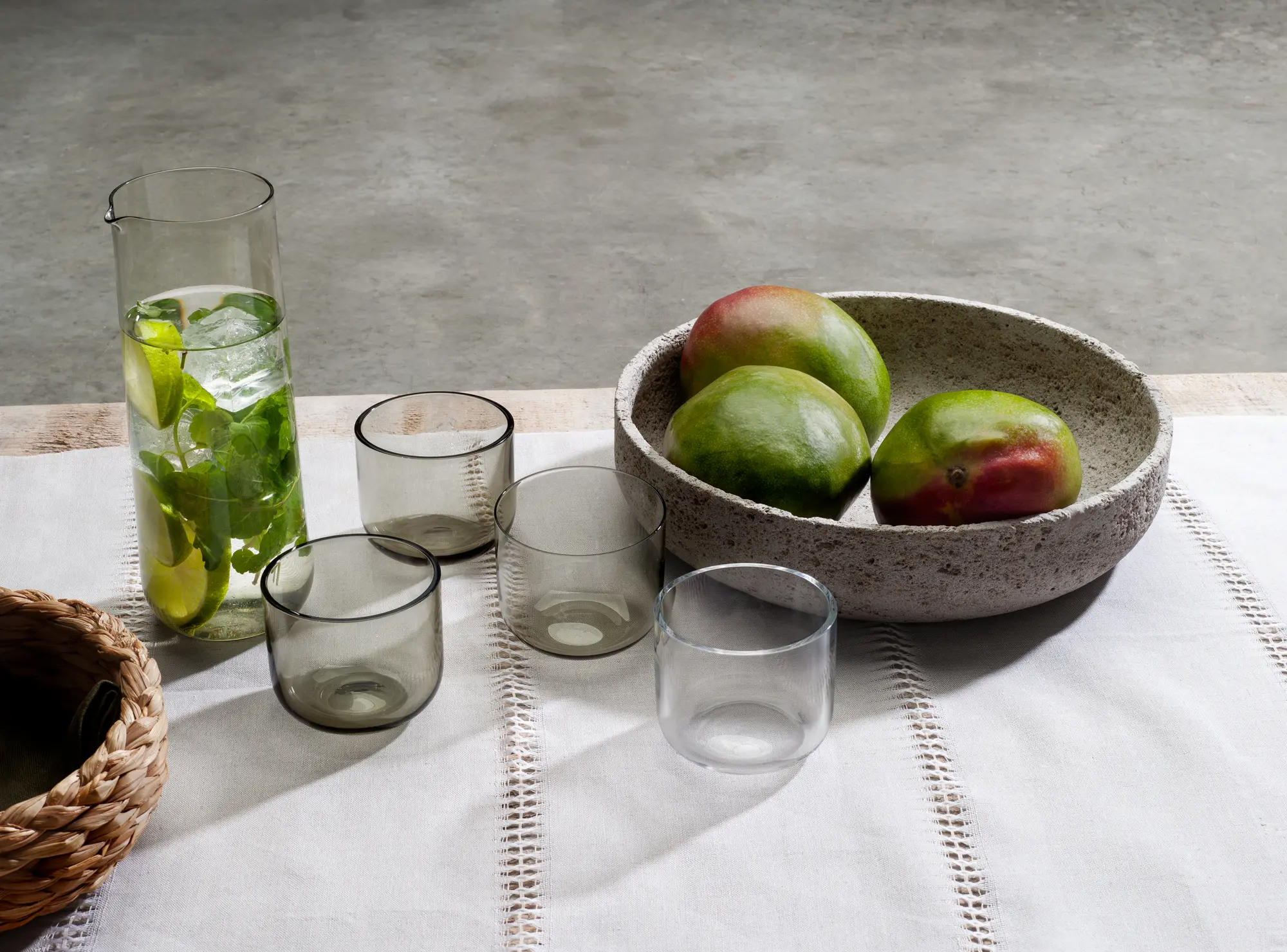
Handcrafted Heritage and Timeless Craft
When Objects Work staunchly upholds the value of craft. “Only the best suppliers in Europe” are entrusted to realize the brand’s designs, using noble materials like hand-polished bronze, fine woods, crystal, and stone. Nearly every piece is handmade, imbuing each object with the subtle variations and soul of artisanal workmanship. This commitment to quality isn’t mere nostalgia; it’s an understanding that true exclusivity lies in things made with care and human touch. The company’s Belgian roots ground it in a rich tradition of European craftsmanship and restrained elegance. Each bowl, vase or candleholder is produced not as a trendy décor item, but as a future heirloom – built to last and to be loved. Indeed, every design must earn its place in a home through usefulness, yet do so with sculptural grace. The results are objects that feel at once contemporary and enduring. A set of minimal goblets, a sculpted oak serving tray, a sleek silver cutlery set – these items don’t date or fall out of fashion; they become part of the household narrative. Such is the brand’s guiding philosophy: to create pieces with no expiration date, functional art that ages gracefully and never loses relevance.
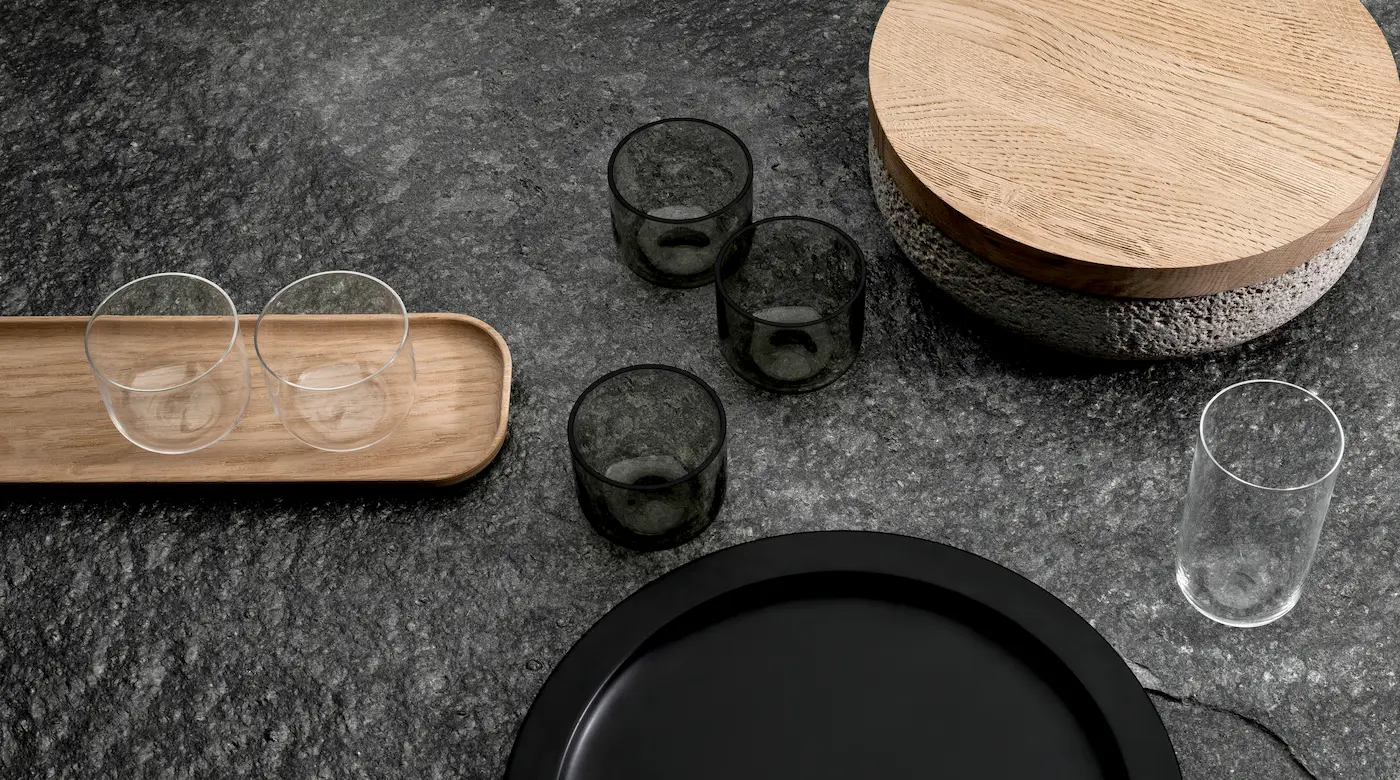
A Cultured Legacy in High Society
Over two decades, When Objects Work has risen to quiet prominence among connoisseurs of design and high society tastemakers alike. In grand modernist villas and chic city penthouses, one might spot a Pawson bowl or Van Duysen vessel subtly anchoring a coffee table vignette – unostentatious yet unmistakably refined. These objects carry cultural cachet: they have been featured in design museums and exclusive galleries, underscoring their status as contemporary classics. More importantly, they exemplify a broader movement towards “quiet luxury” – a preference for understated, expertly crafted pieces over flashy, mass-market luxury goods. Collectors covet the brand’s limited-edition collaborations, knowing each item is the product of a master designer’s vision brought to life with scrupulous craftsmanship. Its creations have become the accent pieces for those who appreciate that true elegance whispers rather than shouts. By championing designs that are both deeply practical and poetically simple, Béatrice de Lafontaine has carved out a niche at the intersection of design and art – one that resonates profoundly in the salons of high society and the annals of modern design heritage. When Objects Work, in essence, proves that when form and function are in perfect balance, the resulting object transcends time, becoming part of a lasting cultural legacy.
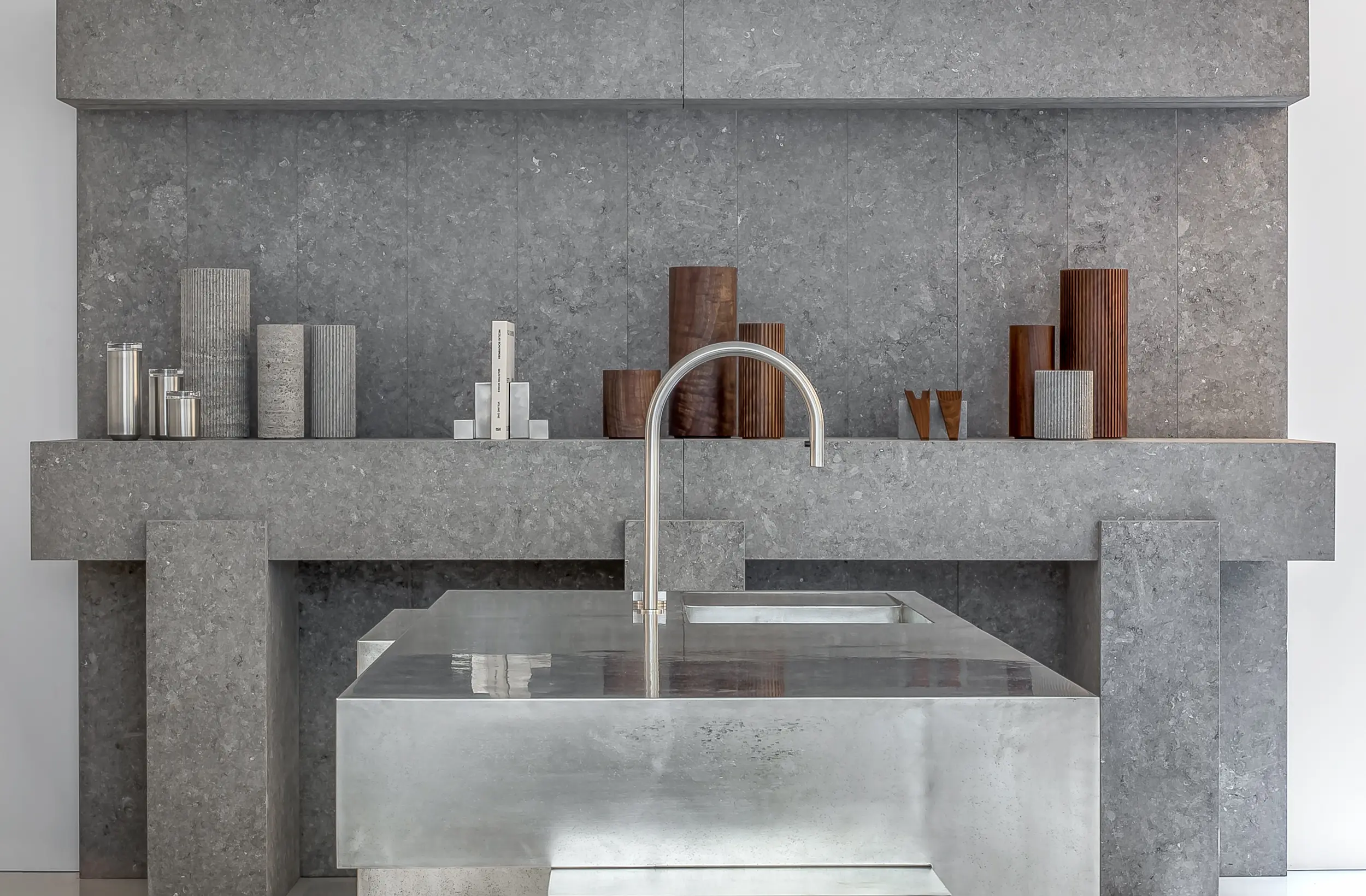
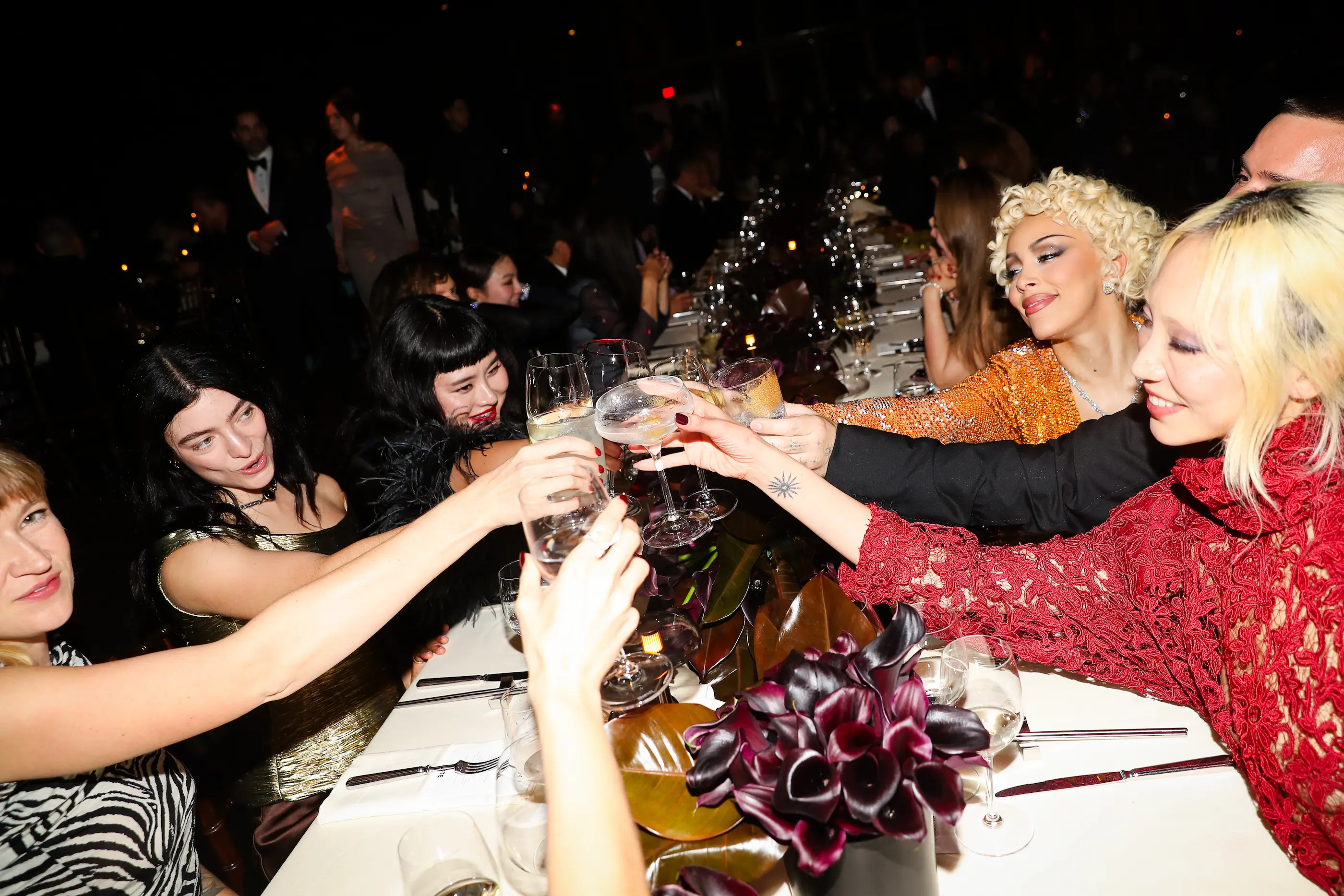

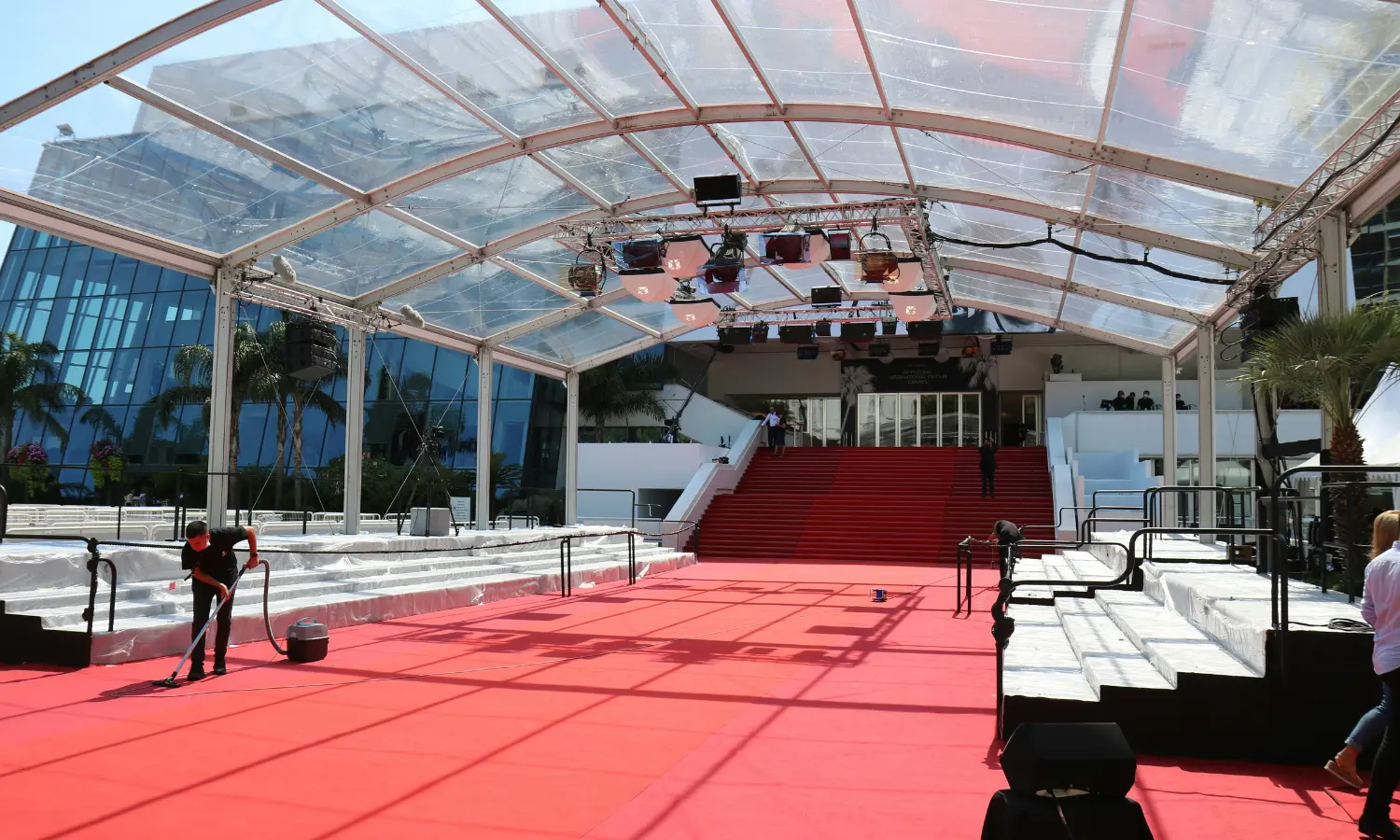



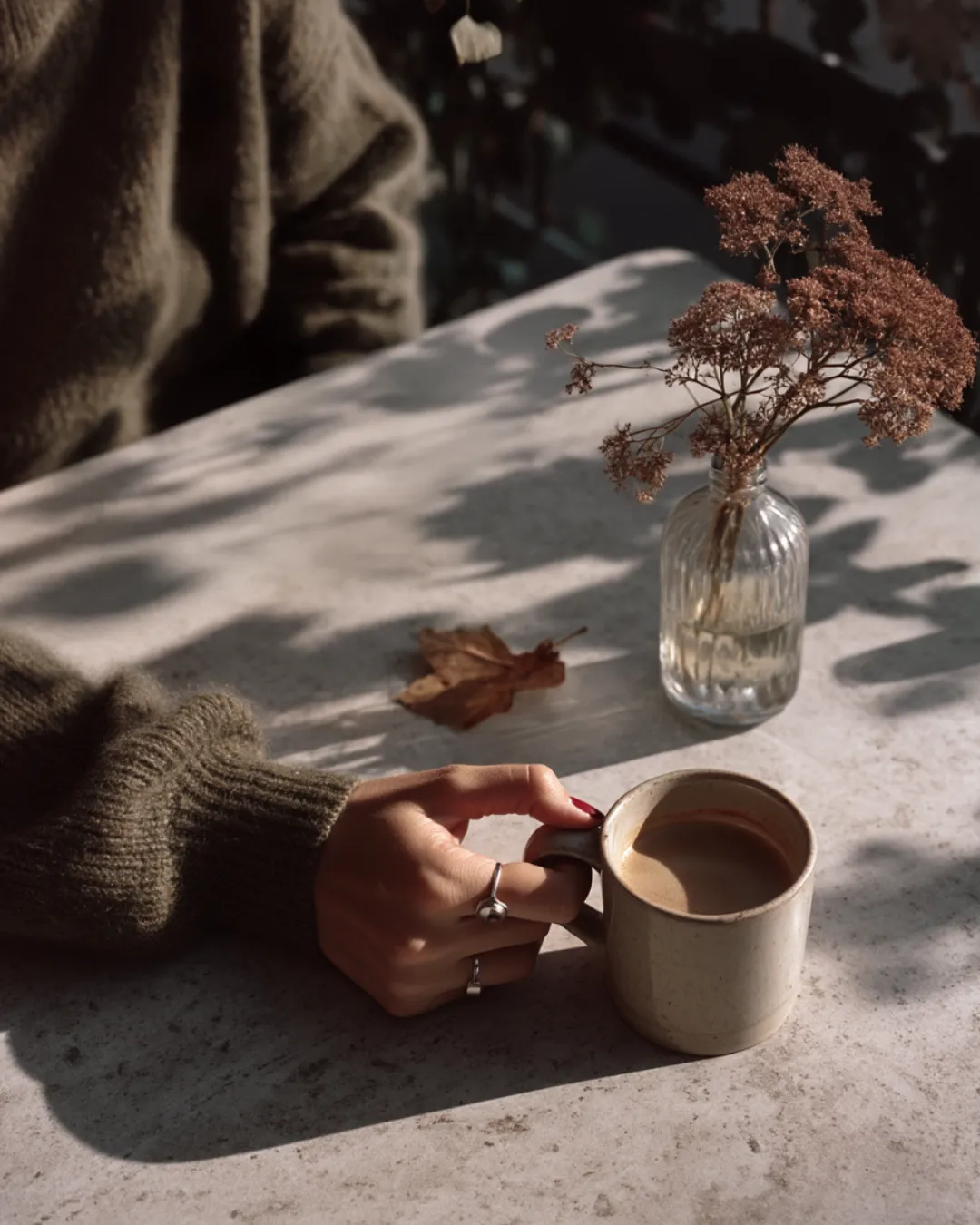


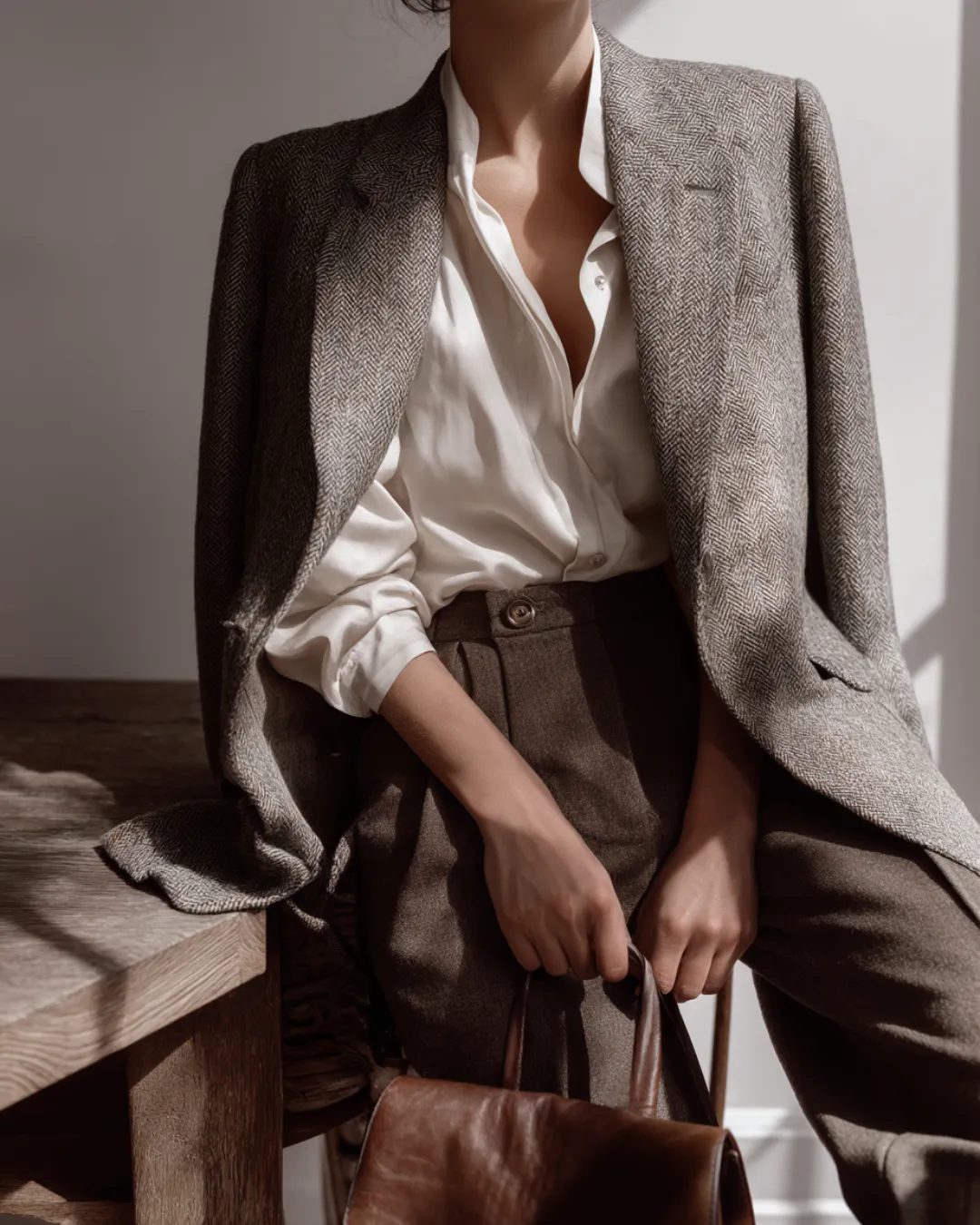



0 Comments